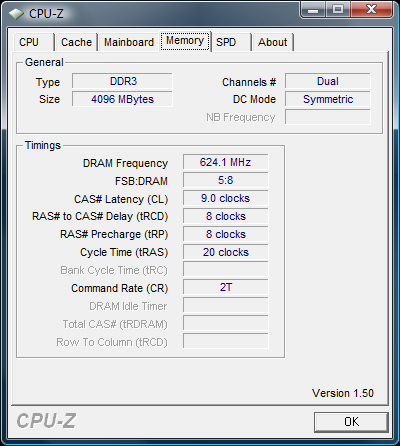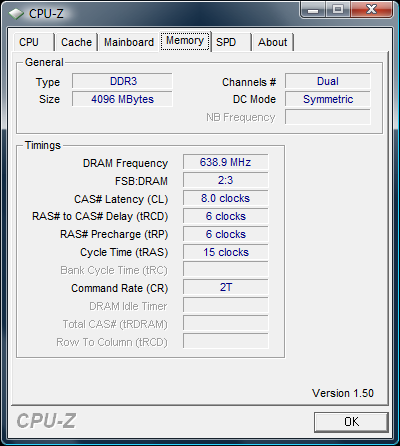Overclocking Core 2 Duo: Power Versus Performance
Test Details and Overclocking
The trick is to maximize performance while keeping power requirements within reasonable limits. Overclocking to as much as 4.2 GHz is possible, but this will require increased processor voltage, which has a noticeable negative effect on system power consumption. We found the ideal clock speed to be below 4 GHz (consistant with our findings when we ran Intel's Core i7 through a similar test in our story Overclocking Core i7: Power Versus Performance).
Since the board runs DDR3 memory, we wanted to be sure that the memory speed was not above DDR3-1333 at any time. This is because DDR3 memory is only affordable if you go for DDR3-1066—which you can typically overclock to DDR3-1333 with ease—or go straight for DDR3-1333.
Default: 3.33 GHz
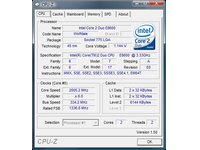
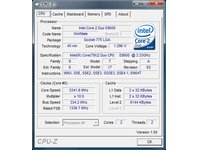
A 3.33 GHz clock speed is the default for an Intel Core 2 Duo E8600. At this speed we had DDR3-1333 memory speed.
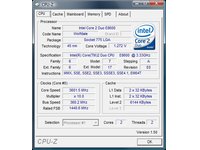
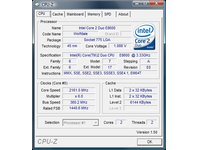
We increased the bus speed from 333 MHz to 360 MHz, which resulted in FSB1440 and 3.6 GHz core clock speed. No voltage increase was required, but the memory speed had to be readjusted to stay at reasonable levels. In this case the memory speed was DDR3-1152.
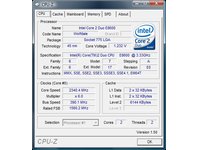
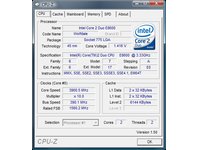
The second overclocking step was 3.9 GHz, based on FSB1560 speed or 390 MHz base speed. Memory speed went up a bit to DDR3-1248, which is close to the DDR3-1333 maximum we defined.
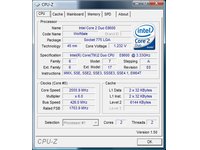
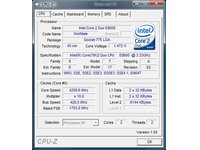
A 4.26 GHz core clock speed was possible at FSB1700, but only after a slight voltage increase of +0.15 V. In this case, the memory speed reached DDR3-1280.
Get Tom's Hardware's best news and in-depth reviews, straight to your inbox.
Let’s look at performance and efficiency results to determine the best setting.
Current page: Test Details and Overclocking
Prev Page Platform: MSI P45D3 Neo-F (P45) Next Page Test Setup And Synthetic Benchmarks
